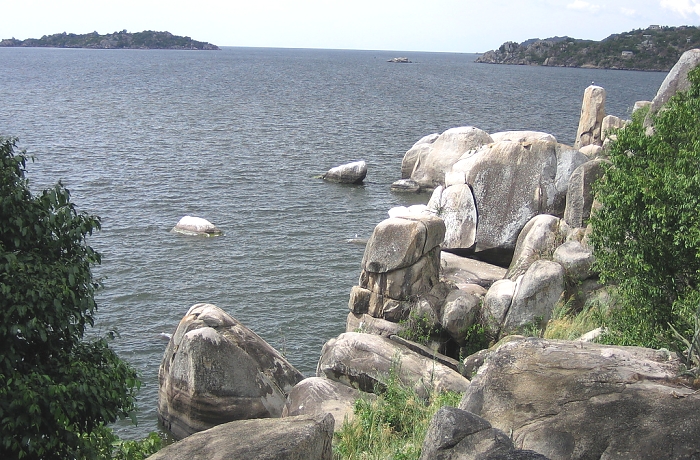Katavi National Park
Overview
The Katavi National Park is one of the up coming tourist attractions in Tanzania, located southwest Tanzania east of Lake Tanganyika. Katavi covers a total area of 4471 sq km (1727 sq miles). The headquarters at Sitalike lie 40 km (25 miles) south of Mpanda town.
It's Tanzania's third largest park, it lies in the remote southwest of country within a truncated arm of the Rift Valley that terminates in the shallow brooding expanse of lake Rukwa. The park is noted for its Miombo woodland.
Location: The Katavi national park is located in Rukwa regional, Southwest Tanzania, and east. The closest town is Mpanda town, some 40 Kilometers.
Best time to visit: The park is best visited in the dry Seasons between May and October, mid December and February. The park is remote, hard and wild only 4-wheel drive is suitable for this Safari, roads within the park are often flooded during the rainy season.
Birdlife: Over 400 bird species have been recorded, among them a substantial number of water birds such as pelican, black-browed albatross, crested lark, green sand piper, and African snipe.
Wildlife: The grassland plain a long lake Chada Supports high concentration of large mammals such as lion, Leopard, herds of up to 1600 buffalo, elephant, zebra, Maasai giraffe, Gazelles, water buck, roan antelope, eland and black legged topi. You can also, see the rare puku, a honey colored antelope. The Katavi boasts Tanzania's greatest concentration of both crocodile and hippopotamus. The hippo is the world's third largest land animal.
Access: Katavi is on the main road running through western Tanzania from north to South. It is 550 km (about 340 miles) from Mbeya, A tough but spectacular day's drive. And 390 Km (about 240 miles) from Kigoma but this journey is only possible in the dry season only. Always allow plenty of time for driving these routes. By air from Arusha or Dar-es-Salaam.
To do: Walking, driving and Camping Safaris; A trip to Kalambo falls the second highest in Africa a 215 Meter drop/one of the highest waterfalls in the world.
Accommodation: One seasonal luxury tented Camp overlooking lake chada, a rest house and campsite inside the park, Hostel and lodge accommodation at Mpanda, 40 Km (about 25 miles) away. Camping sites are available inside the Park.
Highlights
Birdlife: Over 400 bird species have been recorded, among them a substantial number of water birds such as pelican, black-browed albatross, crested lark, green sand piper, and African snipe.
To do: Walking, driving and Camping Safaris; A trip to Kalambo falls the second highest in Africa a 215 Meter drop/one of the highest waterfalls in the world.
















